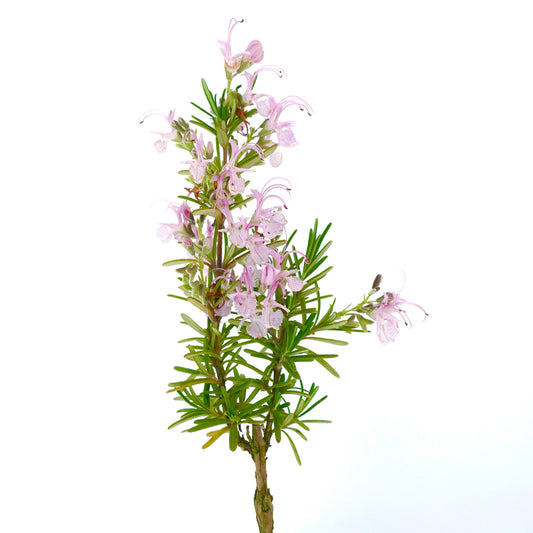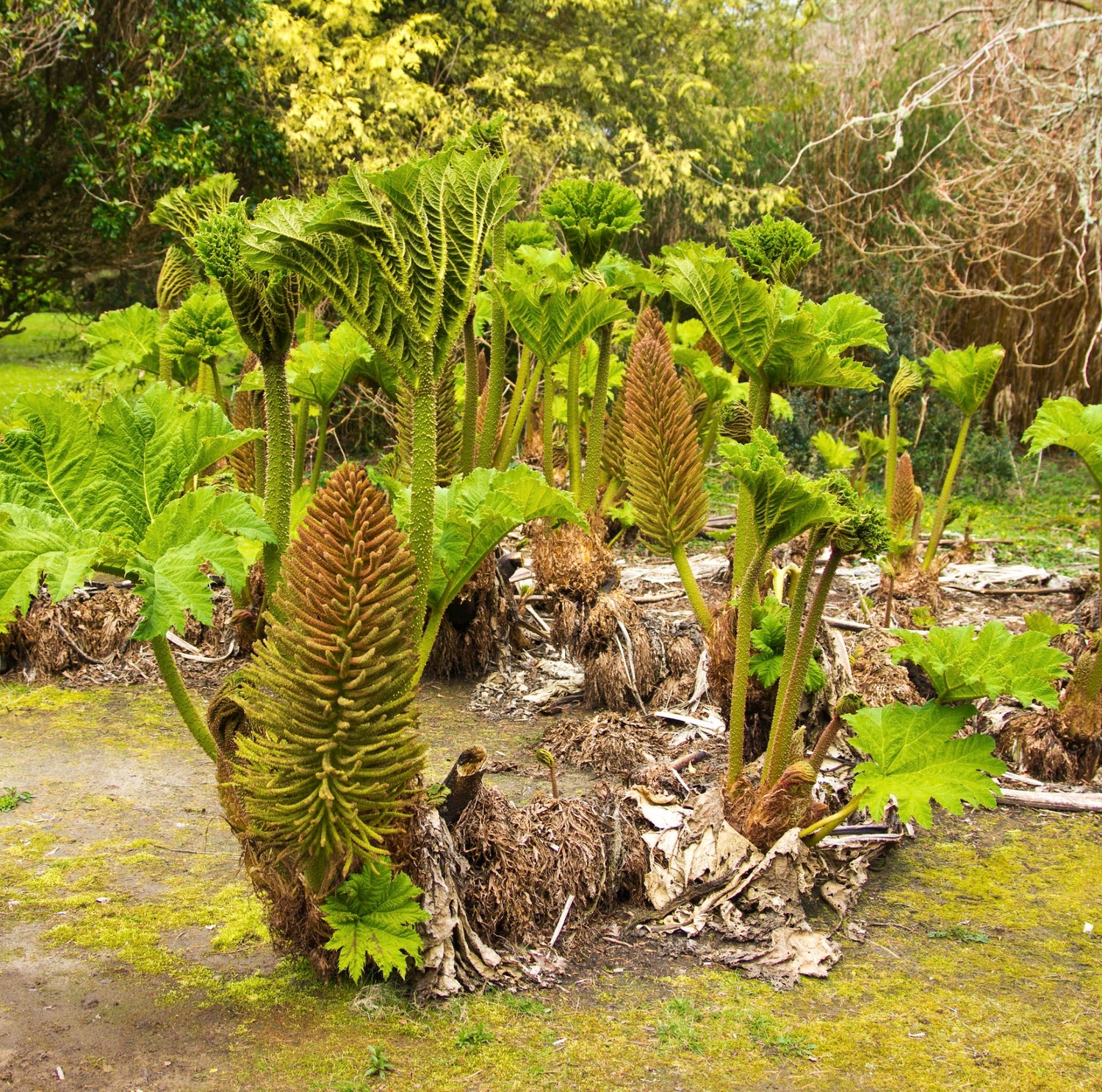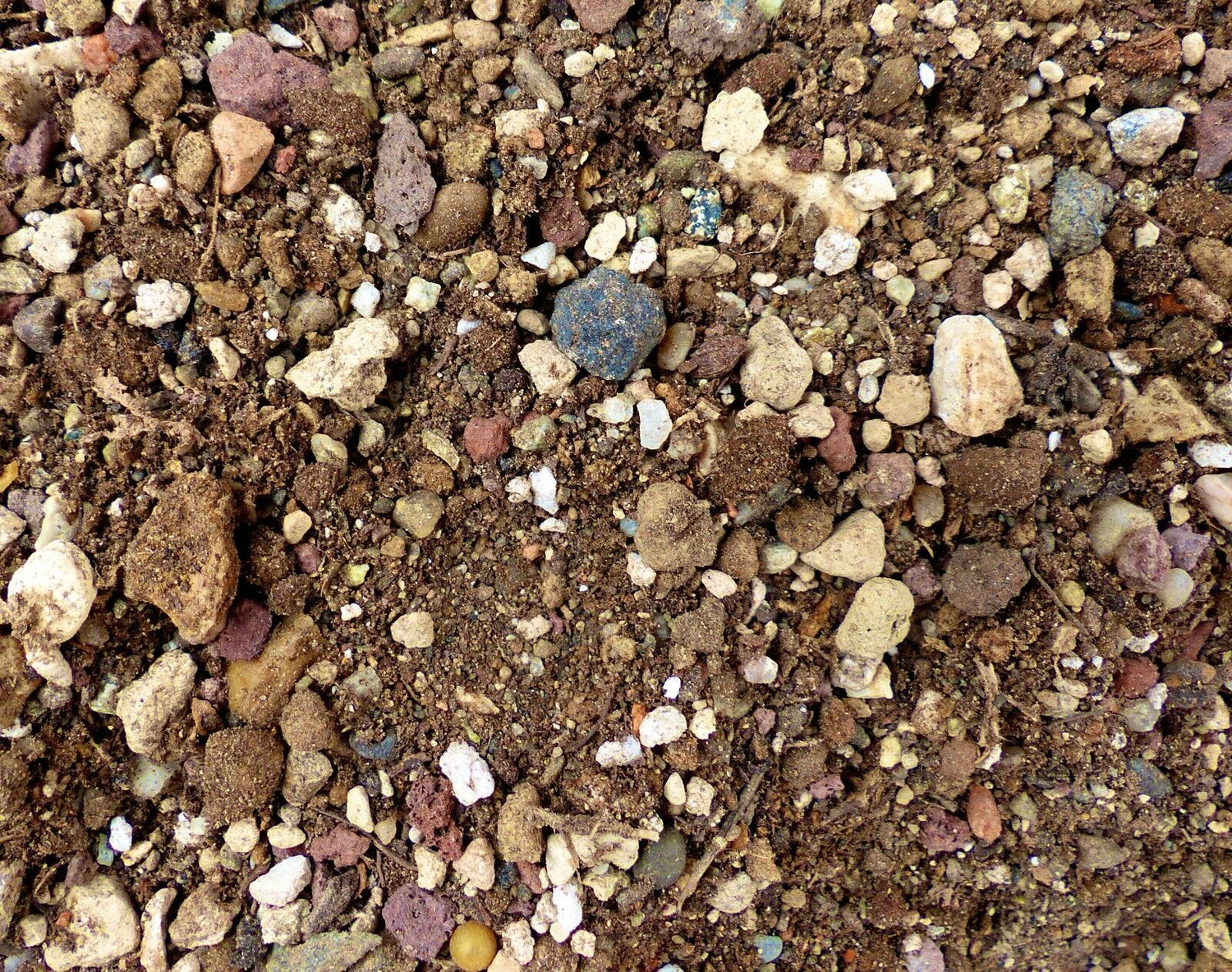Collection: Rosmarinus
Rosmarinus: The Aromatic and Medicinal Rosemary Genus
What is Rosmarinus?
The Rosmarinus genus, part of the Lamiaceae family, includes evergreen, aromatic shrubs native to the Mediterranean region. Known for their needle-like leaves and fragrant oils, Rosmarinus species are widely used in cooking, herbal medicine, and landscaping. The most recognized species is Rosmarinus officinalis, commonly called rosemary, which has many culinary and therapeutic applications.
How to Grow and Care for Rosmarinus
Growing Rosmarinus requires well-drained soil, full sun exposure, and minimal watering. These plants are drought-tolerant and thrive in warm, dry climates. Occasional pruning encourages bushy growth and improves air circulation, reducing the risk of fungal diseases.
Rosmarinus in Culinary and Medicinal Uses
Due to its strong aroma and flavor, Rosmarinus officinalis is a staple herb in Mediterranean cuisine. Additionally, rosemary oil is valued for its antioxidant, antimicrobial, and anti-inflammatory properties, making it a key ingredient in natural medicine and cosmetics.
Common Issues and Maintenance Tips
Rosmarinus is generally pest-resistant, but it can suffer from root rot if overwatered. Ensuring proper drainage and avoiding excessive moisture will keep plants healthy. A light fertilizer in spring promotes vigorous growth and enhances essential oil production.










